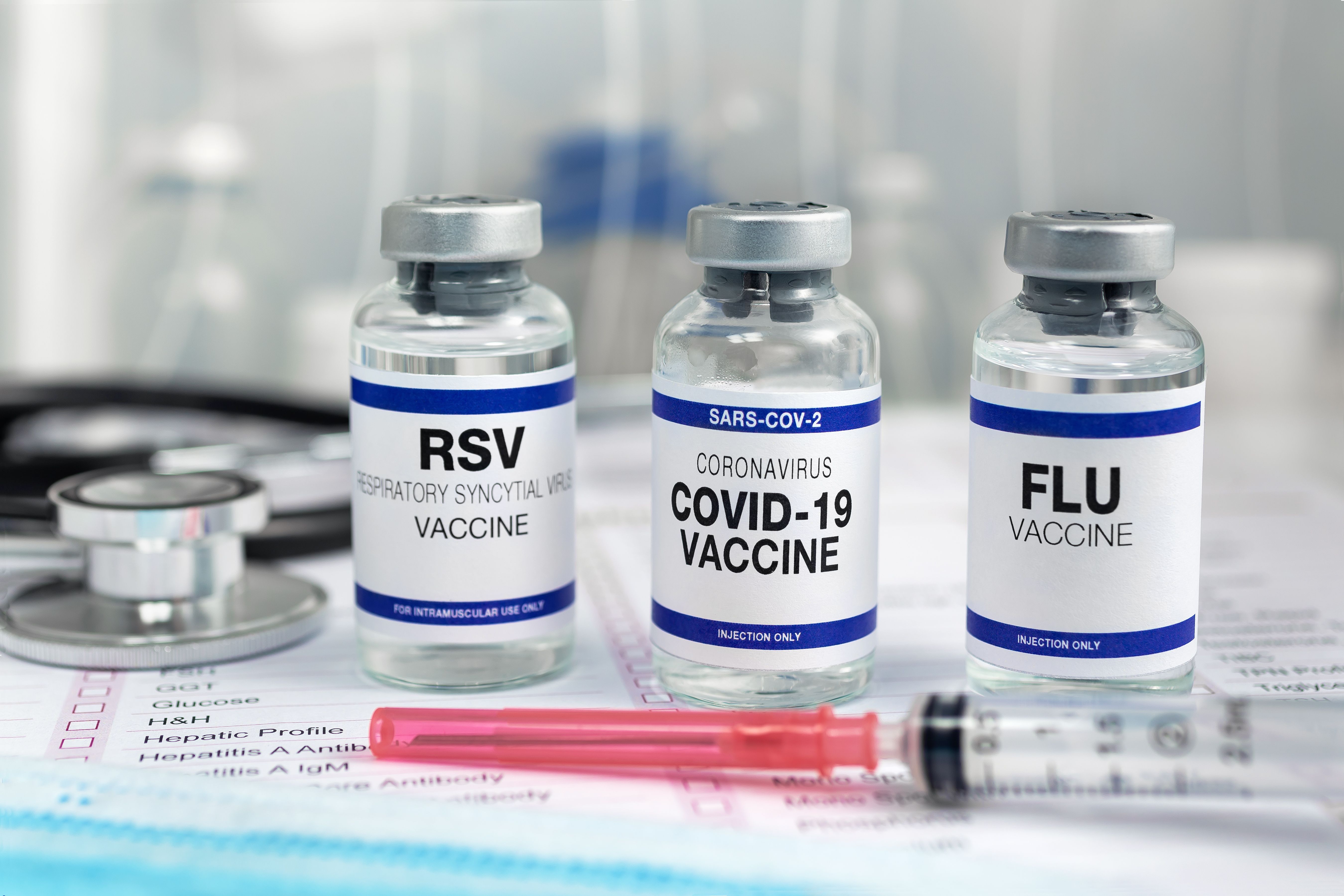Article
7 Tips for Pharmacists Administering Immunizations
Author(s):
August is National Immunization Awareness Month. As community pharmacies gear up for flu season, here is how to inform, educate and support patients.
Pharmacists across the country are gaining more privileges related to immunizations, but many patients are not aware that they can get more than just a flu shot at their local pharmacies.
As community pharmacies gear up for back-to-school and flu season, it is important to educate patients about the immunizations that many pharmacists can now administer, including those for varicella, HPV, hepatitis A, hepatitis B, herpes and travel.
Community pharmacies are becoming larger points of care, and some are even offering services such as basic screenings, diabetes education classes, and hepatitis C testing. Results of studies show that patients visit pharmacies more frequently than doctors' offices, so that they can skip appointment times and long waits. This allows pharmacies to become immunization hot spots.
Pharmacists who work at community pharmacies should ensure that immunization recommendation resources are posted to keep the topic relevant in patients' minds and as a quick and easy reminder of guidelines and best practices.
Here are 7 tips for pharmacists offering immunizations to inform, educate, and support patients:
Inform: Tell patients what services the pharmacy offers.
1. Use signage to advertise and ensure that pharmacy technicians are offering additional services at drop-off and pick-up times.
2. Make a point of discussing with the rest of the pharmacy team the best ways to recommend immunizations to patients. Role playing and practicing helps pharmacists get into the habit of recommending immunizations during patient counseling sessions.
3. Billing for pharmacist-administered immunizations can be a challenge. Offer to check with a patient's insurance company to identify out-of-pocket costs, if that is a concern. That way, patients can make an informed decision about the cost, instead of simply hearing, "most insurance covers immunizations."
Educate: Ensure that patients understand the importance and the process.
4. Explain to patients how different conditions such as heart disease, asthma, diabetes, and COPD can be risk factors for complications related to the flu and pneumonia.
5. Identify and listen to any fears that patients have. Often, patients are reluctant to get immunized because of the needle stick, the potential of a sore arm after the vaccination, or the possibility of getting mildly ill. Use this as an opportunity to educate patients about the vaccine administration process.
Support: Provide the resources necessary for patients to feel comfortable.
6. Support patients during their decision-making process. Never coerce or pressure patients into receive immunizations. Ensure that they are confident in their decisions and counsel them on the vaccines that they will receive.
7. Encourage patients to take control of their health by letting them know that vaccinations are tools they can use to help their bodies defend illness.
By providing information, education, and support to patients, pharmacists build trust with patients and empower them to take control of their health.





